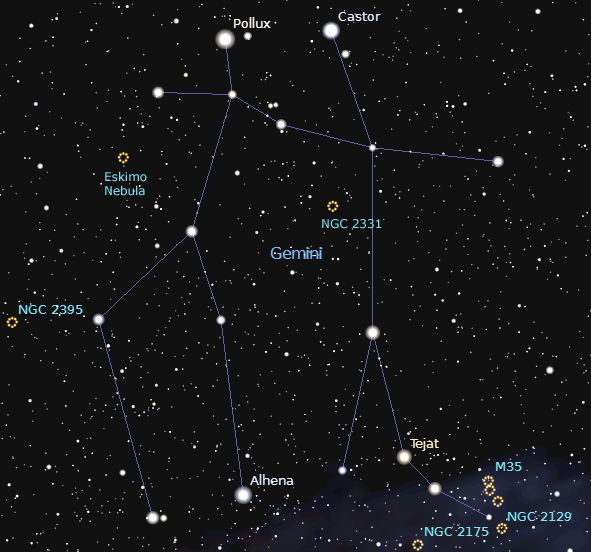A (short) Total Lunar Eclipse
The Earth will witness two total lunar eclipses this year. The first will take place in the wee morning hours of April 4. Comparable to the October 8, 2014 eclipse, the western portion of North America is favoured to enjoy a good part of this celestial show. An eclipse is a by-product of the Sun-Earth-Moon alignment that resulted in the total solar eclipse of Feb 20 over the Faroe Islands located between Iceland and Scotland. I refer to this event as a short eclipse due to the fact the moon’s north edge pretty well touches the shadow’s north edge to only give us a full five minutes of totality so don’t blink. The second eclipse occurring on September 28 will be completely seen from the eastern half of the continent and stay longer in the shadow. Lunar eclipses are very safe to observe.
We now see the winter sky sinking to the west with the great hunter – Orion setting around 11 p.m. locally on April 1st. It is time to start saying goodbye to the twelve grand stars that shown so brightly over the past few months. These bright suns belong to Taurus, Auriga, Orion, Canis Major and Minor. However, with Gemini setting a couple of hours past Orion, we get to enjoy the familiar twins named Castor and Pollux. Although they are referred to as the twin, mythology states Castor was the mortal son of Tyndareus whereas Pollux was the son of the mighty Zeus.

Of these two brothers, Pollux is a tad brighter and closer to us. At a distance of 34 light-years, it is an orange giant star shining at magnitude 1.15. This spectral class K0 giant measures 10 times our sun, the same ratio as Jupiter is to the Sun. Pollux is now fusing helium into carbon and is the parent to an extrasolar planet. This sibling was discovered in 2006 and is estimated to be 2.9 times the size of Jupiter and orbits in 590 days or a little farther than Mars. Castor is nothing like his twin brother. It is a blue-white sun that is actually a multiple star system. What appears as one star are actually three binary stars that move around each other in a complex fashion. Castor lies 51 light-years from us with a brightness of magnitude 1.6.
Gemini is home to a good collection of nebulae and star clusters. There are a lot of objects to keep you busy on these early spring nights. The Eskimo Nebula is a great target in telescopes. This planetary can be located between the stars Kappa and Lambda Geminorum. The shell of expelled gas from the deceased magnitude 10.5 star measures 15 arc seconds across. To the eye, it looks like a bluish-green fuzzball.
NGC 2371 is an irregular planetary nebula. Although the central star is a remnant of was once a Sun-like object, it has shed most of its outer shells. This star is going through its last stages of life and still registers a surface temperature of a quarter-million degrees Fahrenheit. This Hubble image shows two pink jets that seem to be cooler and denser regions of the nebula. NGC 2371 lies some 4,300 light-years from us and glows at magnitude 11.2.

NGC 2129 is a rich open cluster that is just below naked eye status. At magnitude 6.7 this young cluster is estimated to be about 10 million years old. Its distance is about 7,200 light-years and it measures a tad over 10 light-years wide. But the blue ribbon of clusters goes to M35. Measuring the size of the full moon, M35 can be glimpsed with the naked eye from dark skies. Whether you use binoculars or a telescope, this cluster is a must-see treasure. To add to the beauty is NGC 2158, a much dimmer and smaller cluster off to its side.
Even though the distance between Comet C/2014 Q2 (Lovejoy) is widening, the comet is still visible in binoculars and telescopes. On April 1 it glows at magnitude 7.0 and measures 7.2 arc minutes wide. The familiar greenish tint clearly gives it away. The first week of the month finds Comet 15P/Finlay moving just north of the Pleiades star cluster making this a great portrait to photograph. At an estimated magnitude of 10.2, you will need a wide-angle eyepiece to enjoy the comet and M45.
From those rising early for work, step outside to view the nova in Sagittarius. Positioned midway between Delta and Phi and at the time of writing this article, the guest star was still around 5th magnitude but is fading.
The annual Lyrid meteor show will peak on April 22 with a dismal rate of only 20 meteors per hour but at least the moon will be 22% lit and will not be an issue. If you never celebrated Astronomy Day, it falls on Saturday, April 25 this year. Search out your town or city for indoor displays and star parties at night weather permitting.
Until next month, clear skies everyone.
Twitter: @astroeducator
